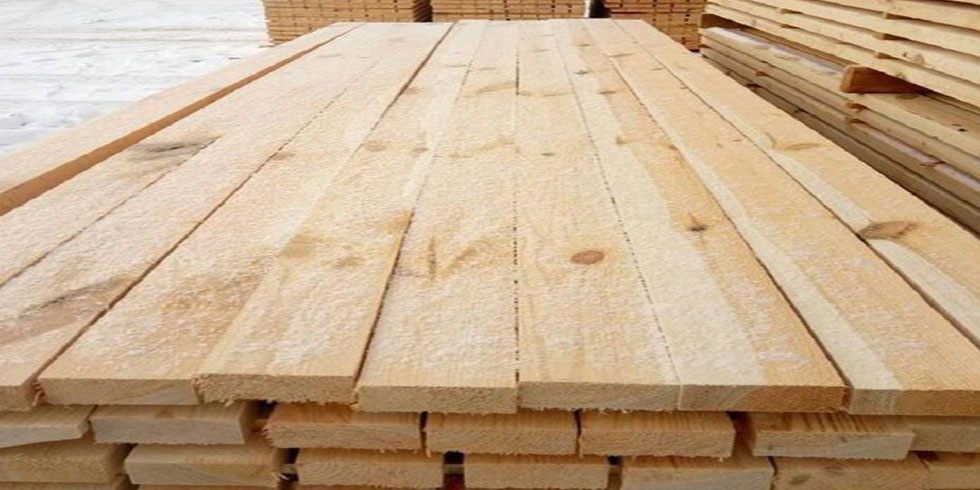Last year, India's furniture manufacturing industry exported more than USD 1 billion in wood goods, a 138 percent rise over 2019. Domestic use of wood products has also increased as the nation has experienced significant population expansion and urbanization, with over 270 million individuals have lifted out of poverty since 2020. Because of abundant labor, low-cost operations by millions of artisan handicraft operators, and low shipping costs, India's furniture sector has become one of the most competitive in Asia.
Despite government measures to enhance productivity, overall domestic timber production remains low, particularly for species used by the furniture and other industrial industries. As a result, in the mid-1990s, export and local demand for forestry goods (mainly timber and fuelwood) exceeded domestic supply capability (Bit and Banerjee 2014; Ghosh and Bhaskar 2016). By 2006, the gap between timber use and supply was tentatively estimated to be over 25 million cubic metres (m3) (Ministry of Environment and Forests 2009).
Estimating the present supply deficit is difficult owing to a lack of accurate production and consumption data. However, the fact that import volumes have more than doubled in the last years after the incident that the gap remains, and there is still a need to fill the quantities that cannot be fulfilled by local sources. Demand for raw materials supplied from outside India, notably logs, pulp, veneer, and sawn wood, is expected to increase further as Indian government incentives attempt to stimulate domestic furniture manufacture and create employment in the aftermath of the COVID-19 epidemic.
More than three-quarters of India's timber products and more than 90% of furniture products are exported to countries that now have laws restricting the import of illegal wood and forest products, including not only the United States and the European Union, but also Australia, Japan, the Republic of Korea, Indonesia, and, soon, Vietnam and Thailand.
The United States and others are the world's largest consumers of Indian wood product exports, with US customers alone purchasing 40% of India's timber product exports in 2020. Buyers in these areas face legal responsibilities as a result of the hazards connected with Indian timber goods made from imported, illegally obtained wood products, while Indian exporters risk losing market access in these regions.
India's extraordinary economic expansion over the last two decades, as well as its increased demand for timber products, has had a significant influence on the world's forests, reaching as far afield as Gabon, South Sudan, Suriname, and Turkey. Burgeoning domestic demand as a result of fast population growth, urbanization, and rising income levels in a country with relatively limited per capita forest resources have driven India's rapid increase in forest product imports. Growing worldwide demand for low-cost furniture goods, notably in the United States and Europe, as well as India's trade liberalization policies, have increased the country's reliance on imported lumber.
Given that India's timber product exports are already vulnerable in regulated markets, and many furniture and handicraft artisans are likely to face increased pressure to verify that the timber they use is legal, we recommend that the Government of India develop a robust import regulation specifically designed to bar the import of wood products harvested and traded in violation of the law.










Add Comment